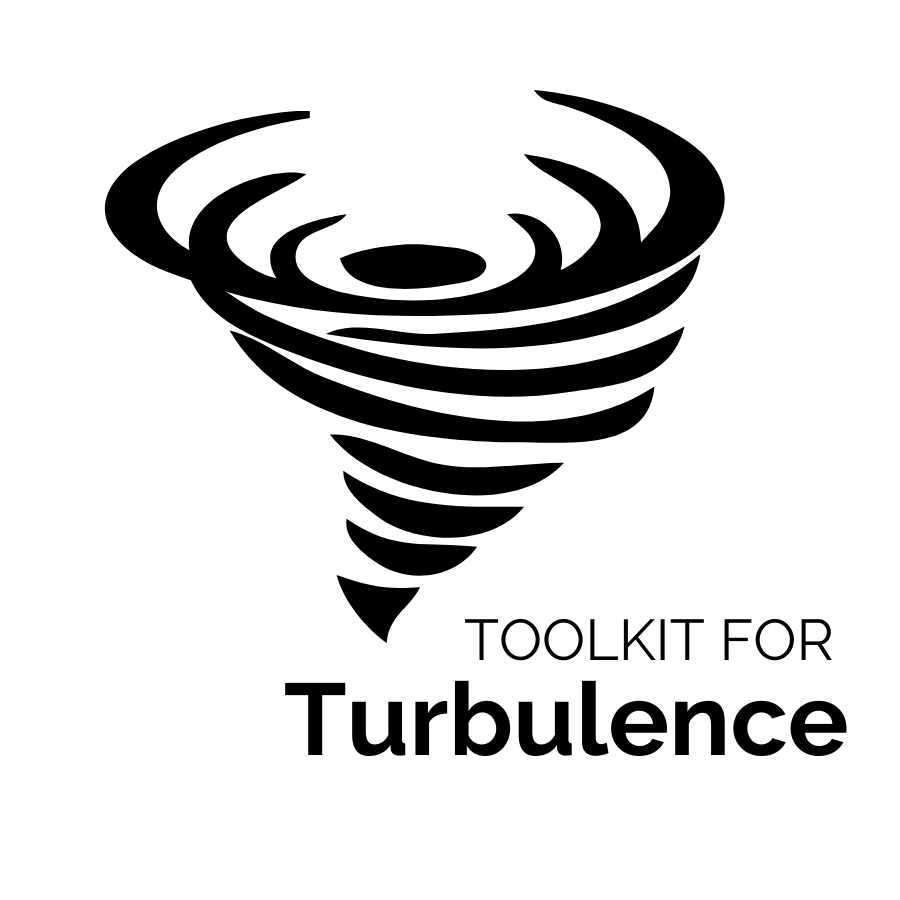Making Partnerships as Important as Teams
What’s this about
One of the critical requirements of leading and navigating in nonlinear environments is the ability to establish and sustain partnering relationships within and between teams, and with stakeholders. Here we apply a Think One Team tool, the Partnering Quadrant, to help to build and sustain these essential relationships and connections.
Why is it important?
There are few, if any significant leadership challenges that don’t require partnering within and between teams, or with stakeholders. This makes partnering an essential capability and practice. Why? Partners are better at aligning their values and goals, better at resolving challenging problems, and more likely to learn and adapt when things get tough.
Surprisingly, there are hundreds of models and tools to guide leaders in how to build and maintain teams, but very few that address partnering relationships, which means it is rare for people across an organisation to have a consistent and effective way to build and sustain these essential partnering connections.
That’s why we have made the Partnering Quadrant one of our Primary Tools. The four aspects of the Partnering Quadrant shown below provide a handy framework to plan for and to establish stronger partnering connections.
How does it work?
Prior to using the Partnering Quadrant we recommend doing a simple assessment using the ICORE model described in the Primary Tool ICORE trust model on page 213 of Toolkit for Turbulence. This will help to confirm that partnering is the right choice, and also give you a clear sense of why each of the four aspects of the Partnering Quadrant are important.
Use the Partnering Quadrant to informally shape your thinking and planning, or as a framework to guide the development of formal partnering agreements.
Quadrant 1. reminds you that partners know what’s important to each other. There is rapport and understanding of vision, goals, values and priorities. This quadrant is often ignored in the rush to get to Q2, so be sure to check your key connections and ask, “Are you aware and aligned on what’s most important to each of us?”.
Quadrant 2. is about sharing and clarifying expectations about outcomes, outputs and behaviours. This is important and requires clarity and the willingness to listen openly (not defensively) to your partners. Are the expectations clear with your key partners?
Quadrant 3. is about agreements. It means finding the common ground and agreeing on deliverables so that trust builds. What can you do to be more specific about agreements (eg: timelines, what ‘done’ means)?
Quadrant 4. is all about learning loops. It means keeping the lines of communication open, debriefing and realigning regularly, and growing the partnership. This needs discipline and is a classic ‘ACL’. Do you have strong ACL loops with your key partners?
The Partnering Quadrant Canvas
The Partnering Quadrant Canvas is the basic framework and you can use it to plan and / or to have conversations with your intended partners. We create Coach Guides for clients so they have specific versions of the core tool to use. For example, in the Defence sector leaders use a version of the Partnering Quadrant to strengthen their important relationships across the whole ecosystem. In Government leaders use versions for guiding cross sector partnering, while in numerous private sector enterprises leaders are set up to implement dynamic partnering agreements between operations and corporate teams to boost collaboration and agility.

